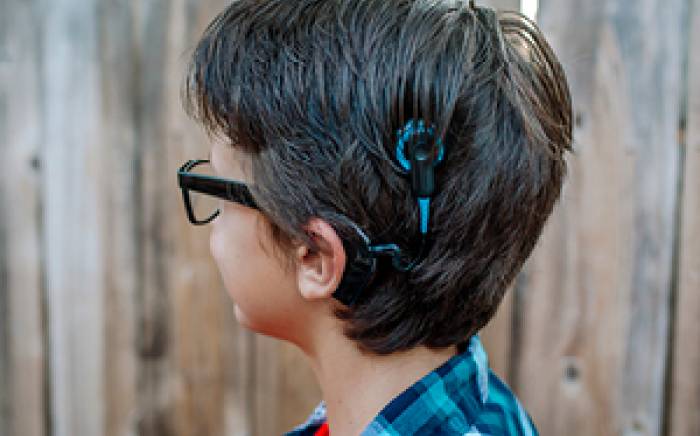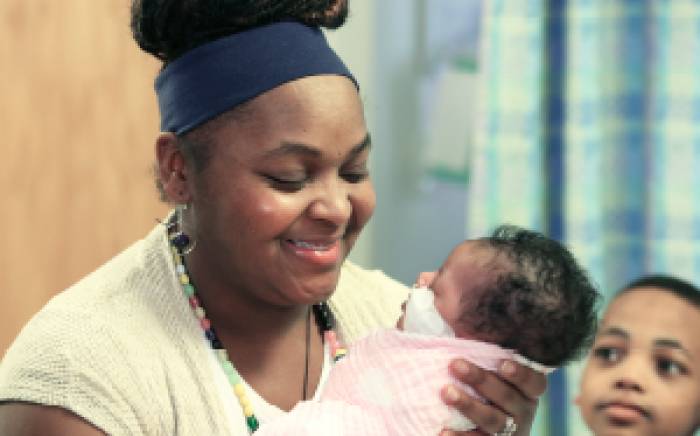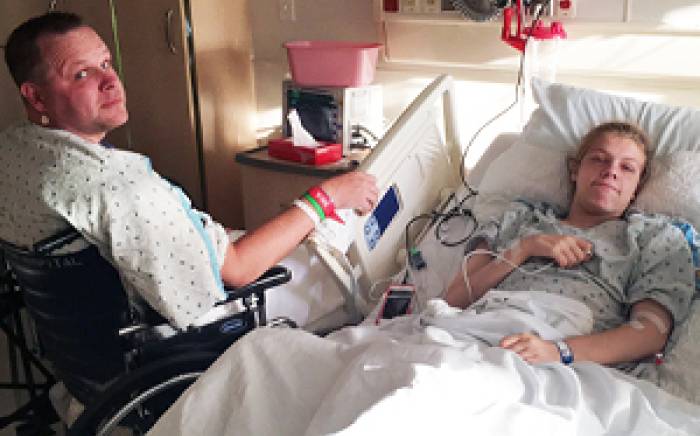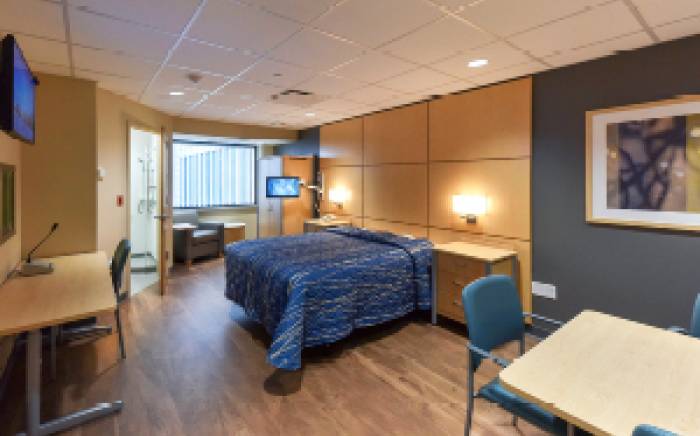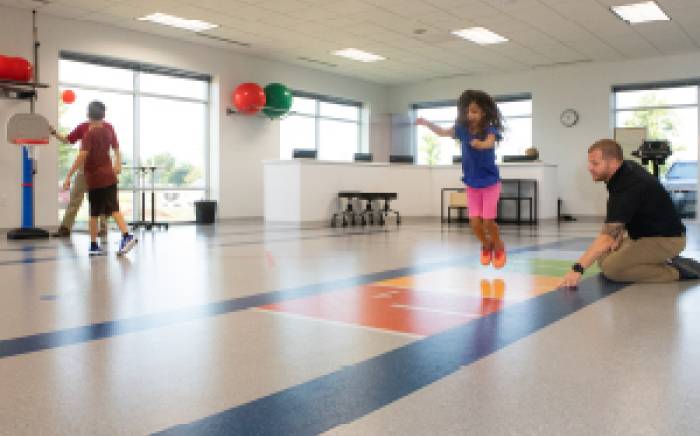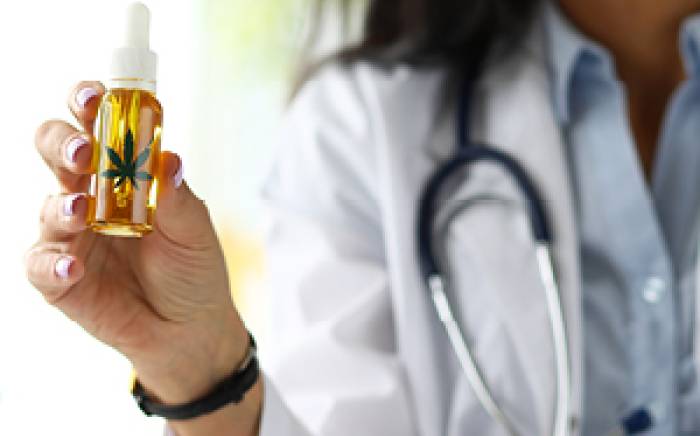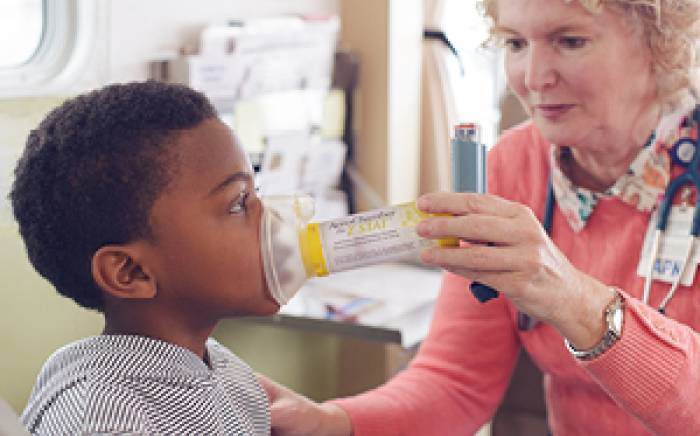 Most blood chemistry in adult and pediatric settings is performed using serum or plasma because cells interfere with analyses that depend on the transmission of light. Generation of serum/plasma wastes red blood cells and adds 10-20 minutes to turnaround time. The use of unprocessed whole blood for chemistry testing decreases turnaround time and decreases the required volume of blood.
Most blood chemistry in adult and pediatric settings is performed using serum or plasma because cells interfere with analyses that depend on the transmission of light. Generation of serum/plasma wastes red blood cells and adds 10-20 minutes to turnaround time. The use of unprocessed whole blood for chemistry testing decreases turnaround time and decreases the required volume of blood.
There are a growing number of blood constituents that can be directly assessed in anticoagulated whole blood. Instruments that determine electrolytes, pH, and dissolved gases using electronic techniques have been common in clinical laboratories for decades. Electronic detection of glucose is also commonplace in central laboratories as well as point-of-care glucometers. More recently, the capacity to quantitatively detect lactate, total bilirubin, and creatinine have been added to the battery of whole blood analyses. This menu now makes it possible to perform a reasonable facsimile of the basic metabolic profile (Na, K, Cl, TCO2, Glucose, Creatinine, but not BUN) in whole blood.
Such a profile can be completed using ~0.25 mL of whole blood in less than 5 minutes after receipt of specimen in the lab at a cost similar to the traditional plasma BMP. Whole blood chemistry is particularly well suited to serve patients in the emergency department and other locations where time is critical and in the nurseries or NICU where blood volume is precious.
Improved toxicology screening launched December 1
For the last three decades, clinical drug testing has employed a “screen and confirm” approach, originally developed for workplace drug testing. What’s good for detecting drug abuse in truck and bus drivers, airplane pilots and train engineers is not necessarily good for detecting ingestion by neonates and children. The screening portion of the test, usually available within an hour of sample submission, uses immunoassays that detect a relatively restricted set of illicit drugs including amphetamines, opiates, barbiturates, benzodiazepines, THC, cocaine, LSD, and PCP. This list of substances has remained static for many years.
Both false-positive and false-negative results occur when using immunoassays for screening. Dilute urines from neonates are particularly prone to false-negative results. False positive results occur due to the presence of legal substances that may cross-react with the antibodies in the screening tests. All positive specimens must currently undergo a second round of confirmatory testing. This confirmatory round typically employs mass spectrometry and requires more urine (10-50 mL), more time (2-3 days) and more cost.
In December, the St. Louis Children’s Hospital (SLCH) laboratory unveiled a new toxicology profile that skips the immunoassay screen and directly employs tandem mass spectrometry. Mass spectrometry provides definitive and immediate molecular identification. No longer will the initial drug testing results produce an “opiate, presumptive” result, for example, but will now indicate the presence of morphine, codeine, oxycodone, or other specific compounds without a substantial change in turnaround time. The new assay is also capable of detecting lower concentrations of illicit substances. Current immunoassays for amphetamines, for example, detect methamphetamine at concentrations greater than 300 ng/mL. The SLCH assay detects methamphetamine and other designer amphetamine compounds at concentrations as low as 1.0 ng/mL. The mass-spectrometry screen is currently capable of detecting approximately 40 compounds and will continue to grow and adapt to the presence of harmful substances available in the community.
The full list of compounds detected and their limits of detection are available by accessing the SLCH lab test guide (https://slchlabtestguide.bjc.org/). Questions regarding whole blood chemistry analysis or drug-testing may be directed to Dennis Dietzen, PhD, at Dietzen_d@kids.wustl.edu.

